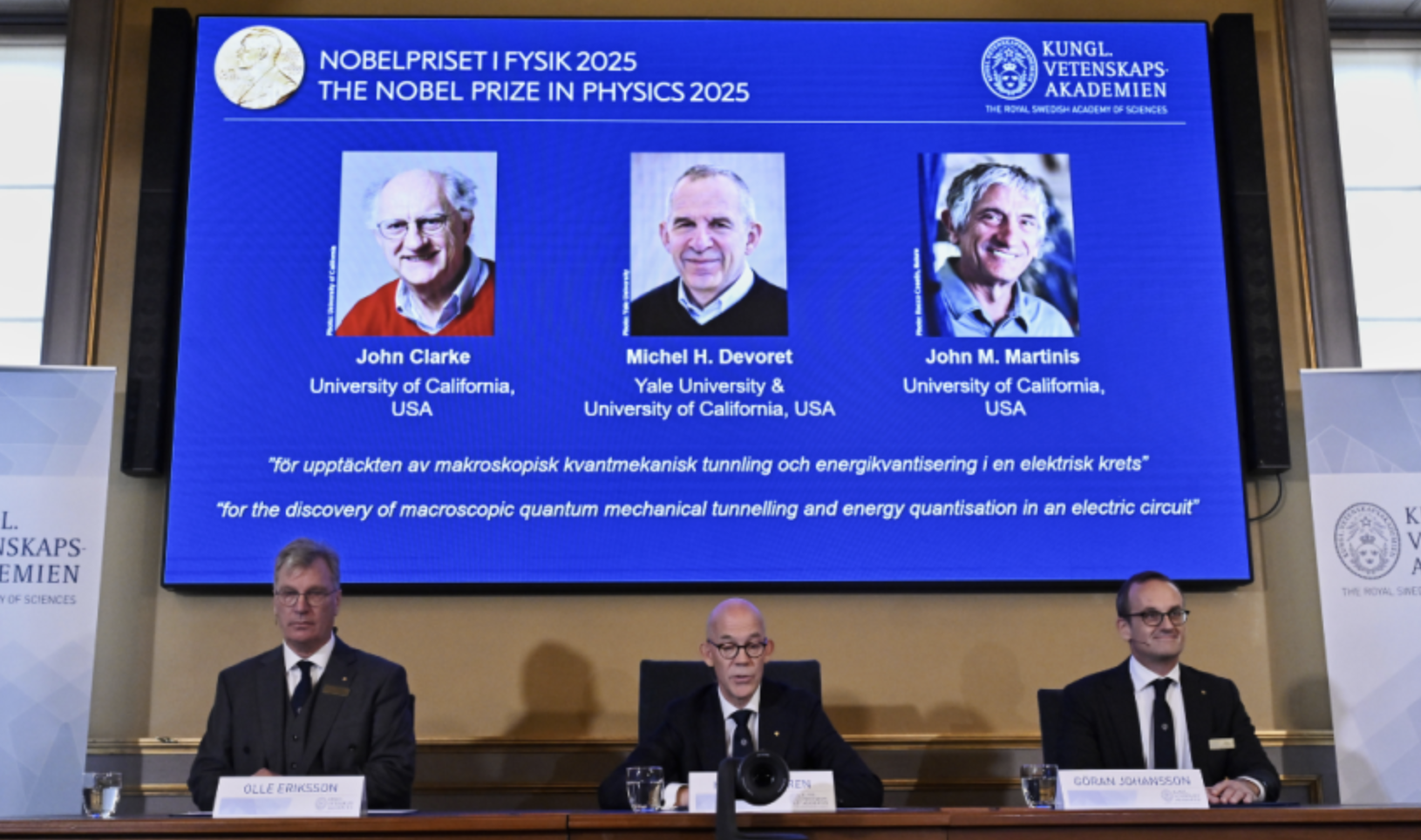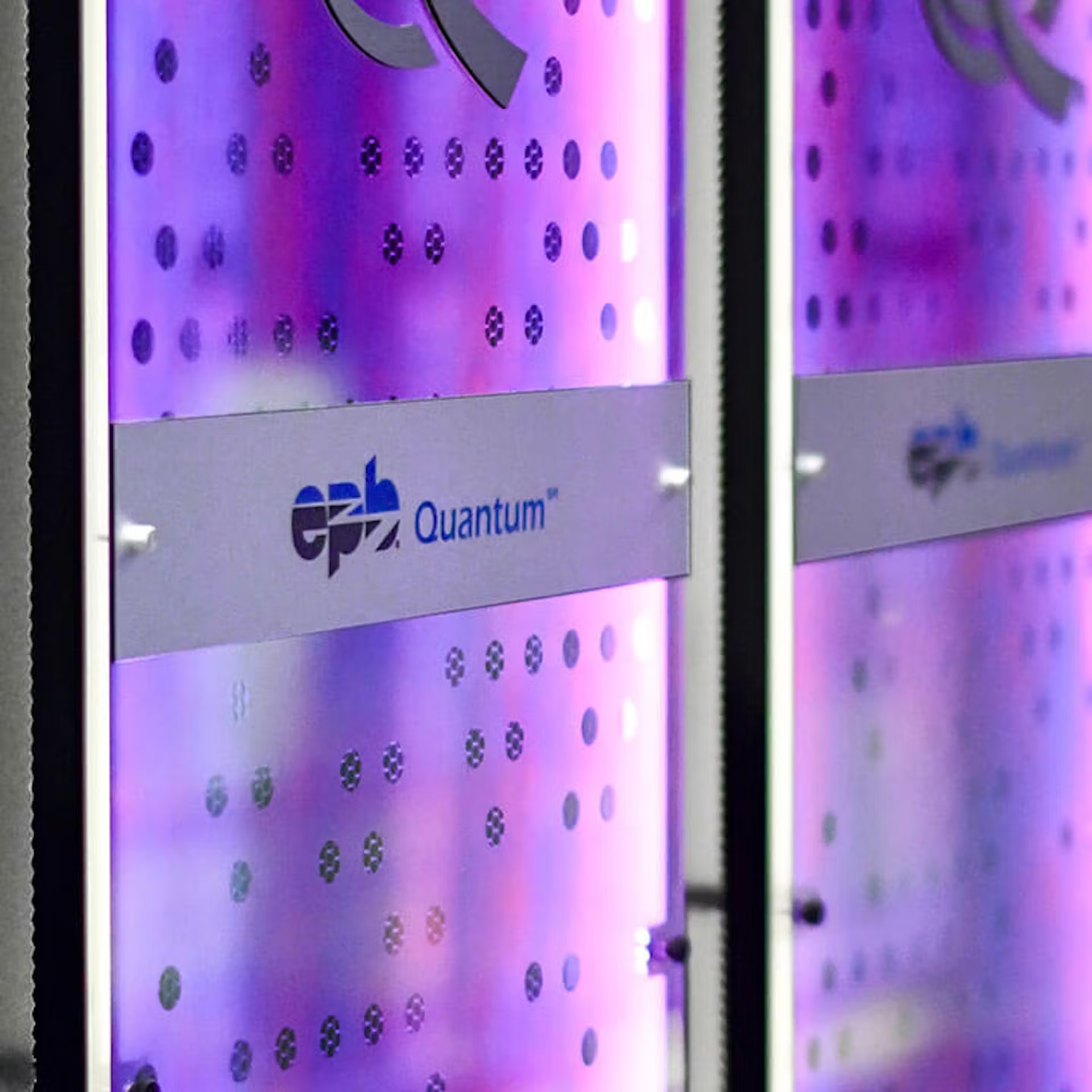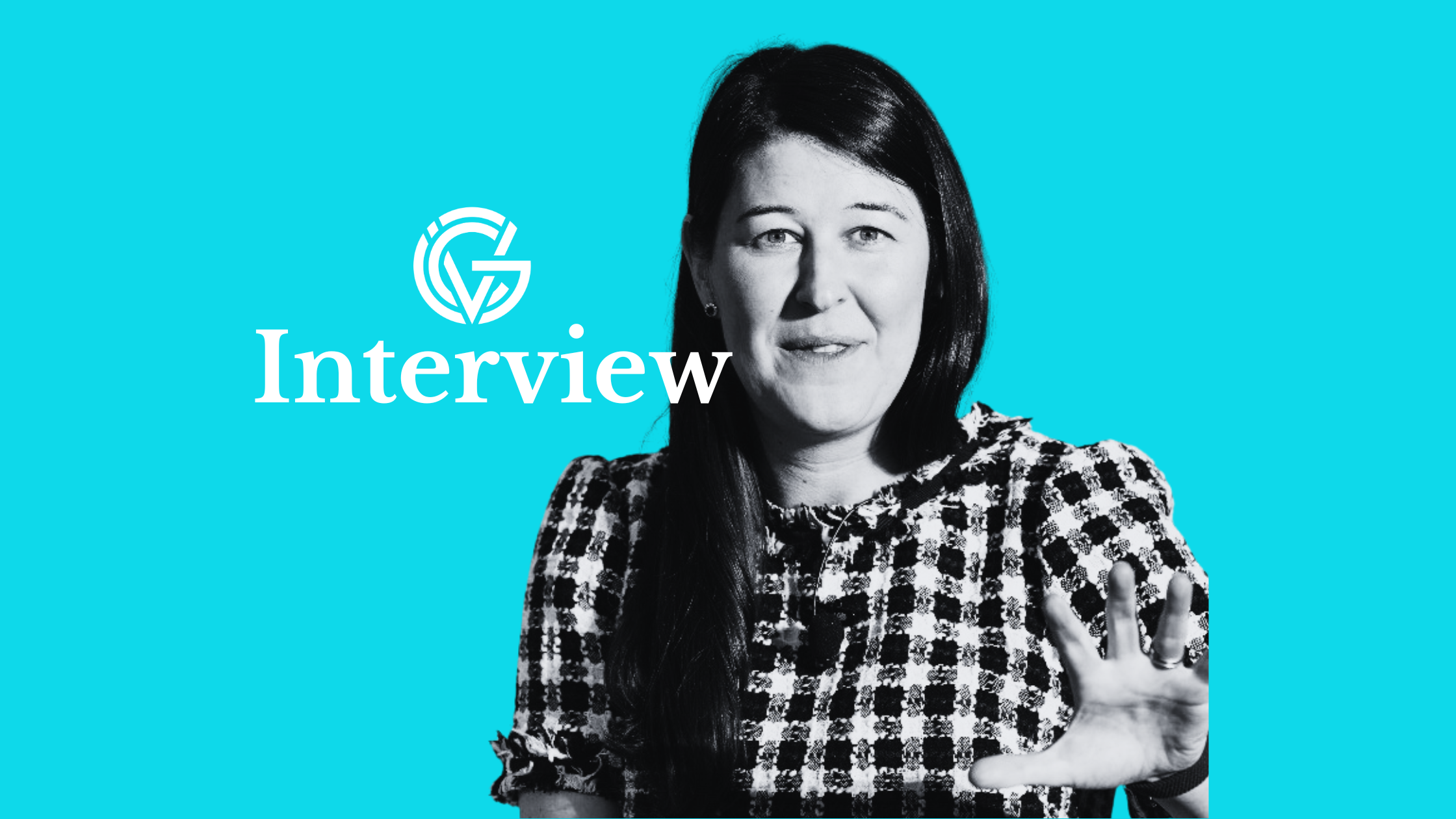
Since the development of the electronic calculator in the 1960s, the field of computing has seen tremendous breakthroughs. In the field of information processing, the last several years have been particularly revolutionary. Technology has made what were previously considered science fiction dreams a reality. Our enabling equipment has become smaller and more versatile, and classical computing has become enormously quicker and more capable.
We are now moving into a new data era known as quantum computing, which is distinct from classical computing. By influencing the fields of artificial intelligence and data analytics, quantum computing is predicted to propel us into the future more quickly. The speed and power of quantum computing will enable us to tackle some of the most difficult problems that humanity has ever faced.
Google unveiled its strategy for quantum computing and unveiled Willow, its newest quantum chip with significant error-correcting enhancements. Willow can use more qubits to scale up and reduce errors. The development was dubbed a breakthrough by Google that will increase the dependability of quantum systems. For the past ten years, Google has been developing quantum chips. According to the company, its most recent Willow chip is so quick that it can finish a calculation in less than five minutes that would take a top-tier supercomputer today, such as the Frontier supercomputer in Tennessee, 10 septillion years, technically older than the universe itself.
Reimei, the first hybrid quantum supercomputer in history, has been turned on by Japanese engineers. The 20-qubit quantum machine has been integrated into Fugaku, the sixth-fastest supercomputer in the world. The hybrid computer used Quantinuum’s architecture.
In order to develop a fault-tolerant quantum computer, Intel is taking steps to build scalable silicon-based quantum processors, which pave the way for mass production and further scaling of silicon-based quantum processors. Intel’s latest work focuses on three key areas that are essential to the development of quantum computing: high-volume testing, reproducibility, and qubit density. The silicon spin qubits produced by the company are smaller and denser than superconducting and trapped ion versions.
IBM recently created “IBM Quantum System Two" which is well-known for its quantum data centers. The modular quantum computer technology that IBM has introduced makes it simpler to scale and expand the capabilities of quantum computing. IBM made major hardware and software advancements to its quantum system; scientists say the company's latest quantum computer is now powerful enough for practical scientific study. IBM's newest 156-qubit quantum chip can run 50 times faster than its earlier version.
Quantum computing is related to the enigmatic field of subatomic physics, which bases computations on states of uncertainty at the atomic level. Quantum computing draws on a fundamental concept of quantum physics known as "superposition," which means a single entity can occupy multiple states simultaneously. Quantum computing is defined by Gartner as "the use of atomic quantum states to effect computation." Qubits (quantum bits), which can store all conceivable states at once, are used to store data. Even when physically isolated, information stored in one qubit can influence data stored in another. This phenomenon is known as quantum entanglement.
In simpler terms, quantum computers employ quantum bits, or qubits, for digital communications rather than the conventional binary bits of ones and zeros. Since atoms are a physical system that may exist in both 0 and 1 states at the same time, they are used in quantum computers.
Recent Quantum Computing Advancements
Scientific discoveries in quantum research during the last few years have been particularly revolutionary, leading to vastly faster and more accurate computers. Technological realities have replaced what were once considered science fiction fantasies.
Recently, the first wireless transmission of a quantum algorithm between two distinct quantum processors was accomplished by a group of researchers at the University of Oxford. Utilizing their unique nature, the two cores combined to create a powerful computer that could tackle issues that neither could handle on its own. By using quantum entanglement, the Oxford researchers were able to transmit basic data between computers almost instantly.
Additionally, quantum computing is becoming increasingly feasible thanks to recent advancements that make it simpler to build and more effective at scaling. The two main methods for quantum computing are the gate model and quantum annealing. Workable quantum solutions that make use of annealing systems are now in use. And gate models may arrive much faster than originally anticipated. In the past year alone, there have been some very impressive breakthroughs in both annealing and gate models:
Microsoft has recently advanced the timeline for the actualization of large-scale quantum computing. Its new Majorana 1 processor uses particles that are the opposite of each other. Microsoft uses depends on many electrons moving in synchrony as though they were a single particle. This method would enable qubits to be rapidly scaled for practical applications. The scope is enormous: one chip has the potential to surpass the combined performance of all current computers.


























































